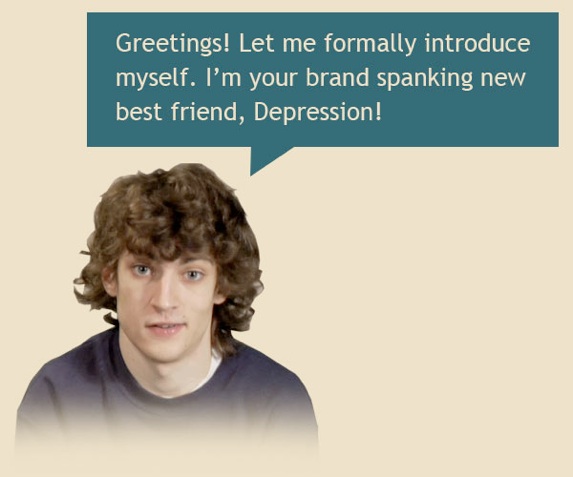Latest Public Service Radio Minute
Loss of EmploymentLoss of Employment, MP3, 1.3MB
Listen to or download all our PSAsSupport Our Work
Please donate so we can continue our work to reduce the stigma of psychiatric illness, encourage research, and support educational activities for behavioral health professionals and the public. Ways you can donate and help are on our Support and Donations page. Thank you!
More InfoLatest News Around the Web
Firearms the most lethal suicide method in U.S., research indicates
Reuters (12/2, Carroll) reports researchers found that “firearms are by far the most lethal suicide method, with nearly nine out of 10 attempts being fatal.” Andrew Conner, a medical student at Quinnipiac University and the study’s lead author, said, “A lot of the disparities we see in suicide rates – higher rates in males, older people and rural areas – can be explained by the type of methods people use. Certainly, the use of a firearm in a suicide attempt makes the likelihood of death higher than any other method.” The findings were published in the Annals of Internal Medicine.
Related Links:
— “Firearms most lethal suicide method by far in the U.S., “Linda Carroll, Reuters, December 2, 2019
High School Kids In States Requiring Universal Background Checks On All Prospective Gun Buyers May Be Less Likely To Carry Guns, Researchers Say
CNN (12/2, Rogers) reports, “High school students in states that require universal background checks on all prospective gun buyers are less likely to carry guns compared to students in states that require background checks only on sales through federally licensed firearms dealers,” research indicated. The study revealed that “on average, 5.8% of nearly 180,000 students who responded to the National Youth Risk Behavior Survey reported carrying a gun during the study period.” The findings were published online in Pediatrics.
HealthDay (12/2, Reinberg) also covers the story.
Related Links:
— “Youth in states requiring universal background checks are less likely to carry guns to school, study says, “Kristen Rogers, CNN, December 2, 2019
Physicians Who Screen Positive For Depressive Symptoms May Have Increased Risk For Medical Errors, Systematic Review And Meta-Analysis Indicates
Healio (11/27, Gramigna) reported, “Physicians who screen positive for depressive symptoms have an increased risk for medical errors,” investigators concluded in an 11-study, 21,517-physician “systematic review and meta-analysis published” online Nov. 27 in JAMA Network Open.
Providing similar coverage were MedPage Today (11/27, Hlavinka) and Medscape (11/27, Anderson, Subscription Publication).
Related Links:
— “Physicians with depression more likely to self-report medical errors, “Joe Gramigna, Healio, November 27, 2019
Gabapentin And Baclofen May Be Linked To Increased Suicide Attempts, Study Suggests
Newsweek (12/2, Gander) reports “suicide attempts linked to some non-opioid medications replacing [opioid prescriptions] have risen,” in the face of falling opioid prescriptions, research indicates. In a study examining gabapentin and baclofen, “over the period the drugs were studied, suicides attempts after people took just gabapentin rose by 80.5 percent, and by 43 percent for baclofen.” The study was published in Clinical Toxicology.
Related Links:
— “Drugs Used To Replace Opioids Linked With Increase In Suicide Attempts Across U.S., “Kashmira Gander, Newsweek, December 2, 2019
Rate Of Exposures To Natural Psychoactive Substances Increased In The US From 2000 To 2017, Researchers Say
CNN (11/26, Kounang) reports, “From 2000 to 2017, the rate of exposures to natural psychoactive substances such as marijuana and hallucinogenic mushrooms increased by nearly 75% in the” US, researchers concluded after analyzing “67,369 calls to Poison Control Centers of people inhaling or ingesting natural psychoactive substances.” The findings were published online in the journal Clinical Toxicology.
Related Links:
— “Calls to Poison Control for psychoactive drug exposure on the rise, “Nadia Kounang, CNN, November 26, 2019
Foundation News
Nothing Found
It seems we can’t find what you’re looking for. Perhaps searching can help.

